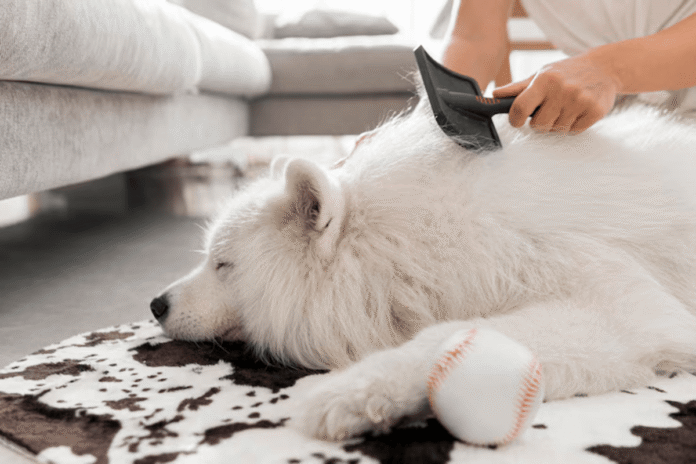Are Your Dogs Shedding Fur? You Must Know This
Is your home covered in dog hair? You’re not alone. Shedding is a natural part of most dogs’ lives, but sometimes, it can feel like too much.
Let’s break it down.
In this post, you’ll learn why your dog sheds, when to worry, and how to manage it. If you’ve been wondering why your dog’s fur ends up on your clothes, couch, and car seats—this is for you. It really important to know why your birds are behaving weird and why your dogs or cats are shedding fur.
What Is Shedding, Really?
Shedding is the process where dogs lose old or damaged hair. It’s completely normal for most breeds. Just like humans lose a few hairs daily, dogs do too—but in larger amounts.
Dogs shed for a few key reasons:
- Seasonal changes
- Health issues
- Breed-specific behavior
- Diet or stress
The key is knowing when it’s normal and when it’s a sign of something wrong.
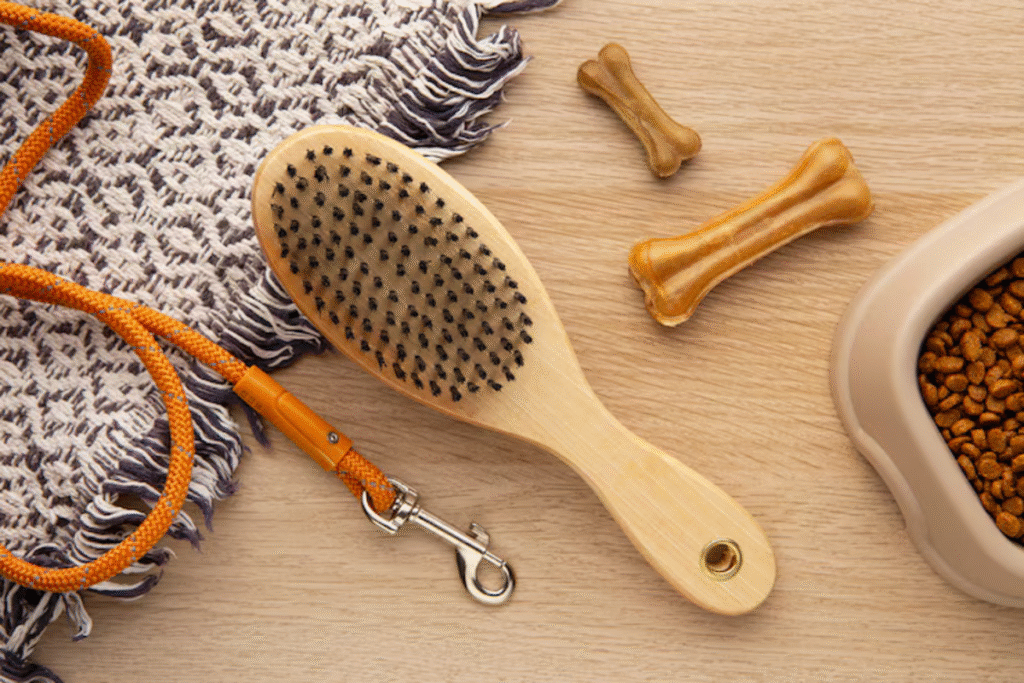
1. Breed Matters: Some Dogs Shed More Than Others
Not all dogs shed the same. Some breeds are heavy shedders all year, while others barely shed at all.
Heavy shedders include:
- Labrador Retrievers
- German Shepherds
- Huskies
- Golden Retrievers
- Corgis
Low-shedding breeds:
- Poodles
- Maltese
- Shih Tzus
- Schnauzers
- Bichon Frises
Tip: If your dog is a heavy shedder, it’s not about stopping the shedding. It’s about managing it.
2. Seasonal Shedding: A Natural Process
Dogs often shed more in spring and fall. This is called seasonal shedding.
In spring, they lose their thick winter coat. In fall, they make room for new growth.
This is completely normal—especially if your dog spends time outdoors.
How to manage seasonal shedding:
- Brush your dog daily
- Use a de-shedding tool like the FURminator
- Bathe them with a gentle de-shedding shampoo
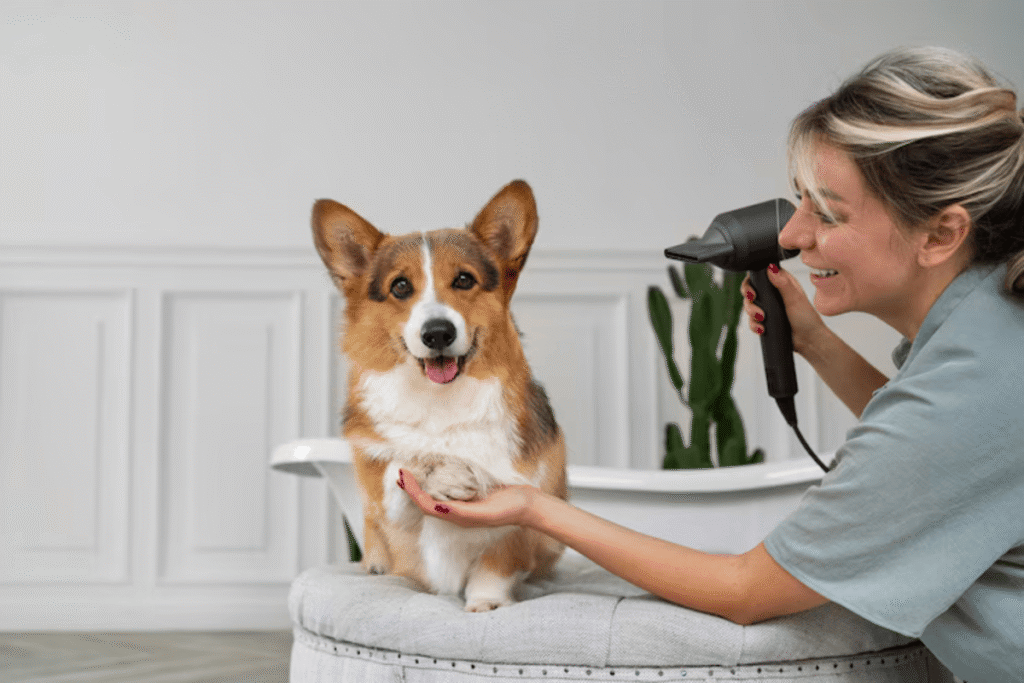
3. Poor Diet Can Lead to More Shedding
Yes, your dog’s food plays a big role in their coat health. If they aren’t getting enough nutrients, they might shed more than usual.
Nutrients that reduce shedding:
- Omega-3 and Omega-6 fatty acids (help improve coat shine and reduce hair loss)
- High-quality protein (essential for healthy hair growth)
- Zinc and Biotin (important for skin health)
What you can do:
- Choose dog food with real meat as the first ingredient
- Avoid foods with corn, soy, or by-products
- Add fish oil supplements (ask your vet first)
4. Stress and Anxiety
Just like people, dogs can lose hair when they’re stressed.
Common stress triggers:
- Moving homes
- New family members or pets
- Loud noises (fireworks, thunderstorms)
- Separation anxiety
Signs of stress-related shedding:
- Fur coming out in patches
- Excessive licking or biting
- Change in appetite or behavior
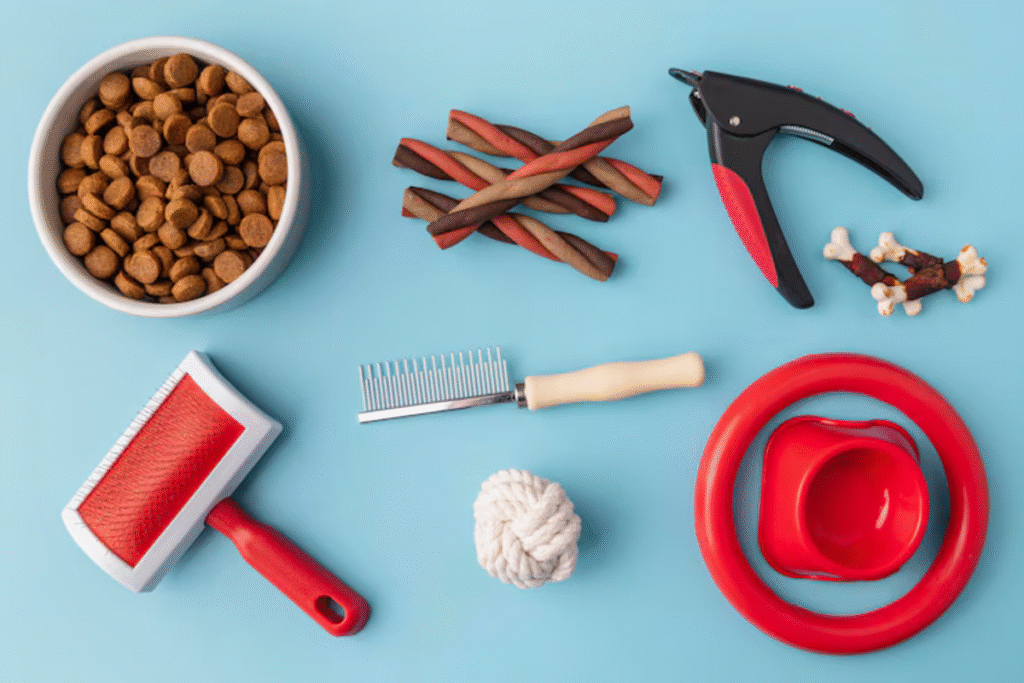
How to help:
- Keep a calm environment
- Stick to a routine
- Give your dog plenty of attention and exercise
- Use calming treats or pheromone diffusers if needed
5. Health Issues That Cause Excess Shedding
Sometimes, shedding is a sign of an underlying health problem. If your dog is losing too much hair, or if it’s coming out in clumps, something may be wrong.
Common medical causes:
- Allergies (food or environmental)
- Skin infections (fungal or bacterial)
- Parasites (like fleas or mites)
- Thyroid issues
- Hormonal imbalances
Warning signs:
- Bald patches
- Red or inflamed skin
- Constant scratching or licking
- Dull, brittle coat
- Bad smell from the skin
If you notice any of these, see a vet right away.
6. Hormonal Shedding
Female dogs may shed more during:
- Heat cycles
- Pregnancy
- Postpartum periods
This is a normal hormonal response and often resolves on its own. Keep their diet strong and groom them gently during this time.
7. Grooming Habits Matter
Regular grooming doesn’t just make your dog look good—it keeps their coat healthy and reduces shedding.
Grooming tips:
- Brush short-haired dogs once or twice a week
- Brush long-haired dogs daily
- Use the right brush for your dog’s coat type
- Wipe paws and belly after outdoor walks to avoid allergens
Bathing:
- Don’t over-bathe (it can dry out their skin)
- Use dog-specific shampoos
- Bathe every 4–6 weeks unless they get dirty more often
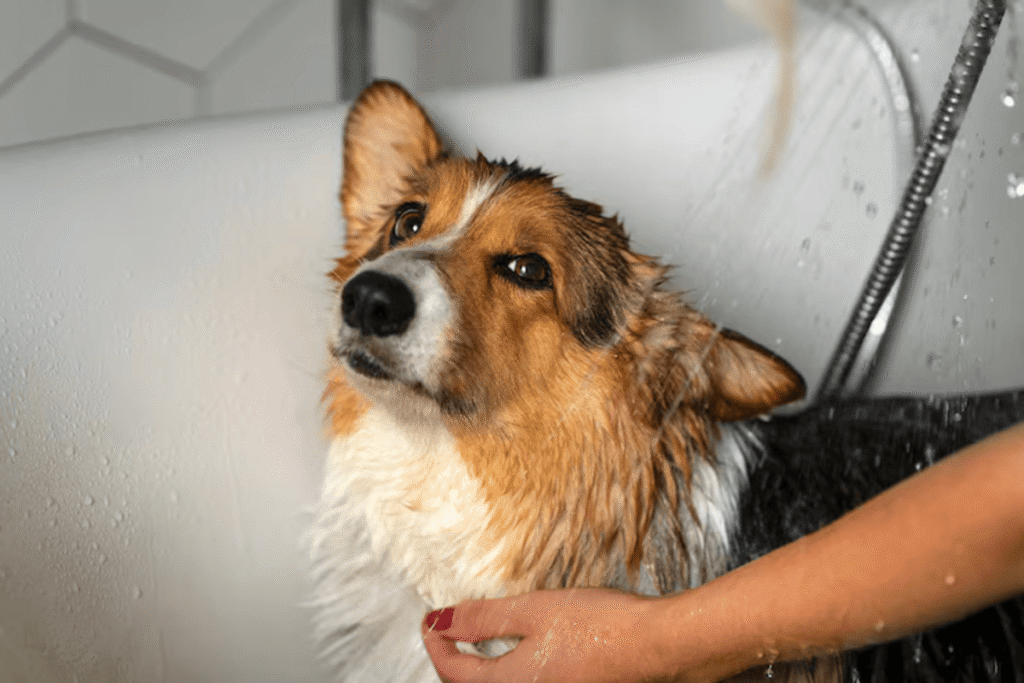
8. Indoor Environment Can Trigger Shedding
Indoor dogs often shed year-round. Why? Because artificial lighting and heating confuse their natural shedding cycles.
Things that affect indoor dogs:
- Central heating (dries out the skin)
- Lack of natural sunlight
- Poor air quality
Solutions:
- Use a humidifier to add moisture to the air
- Open windows for fresh air when possible
- Brush your dog more often indoors
9. Age and Shedding
As dogs get older, their coat changes. You might notice:
- Thinner fur
- More shedding in patches
- Duller coat color
Senior dogs may need special diets or supplements to support skin and coat health.
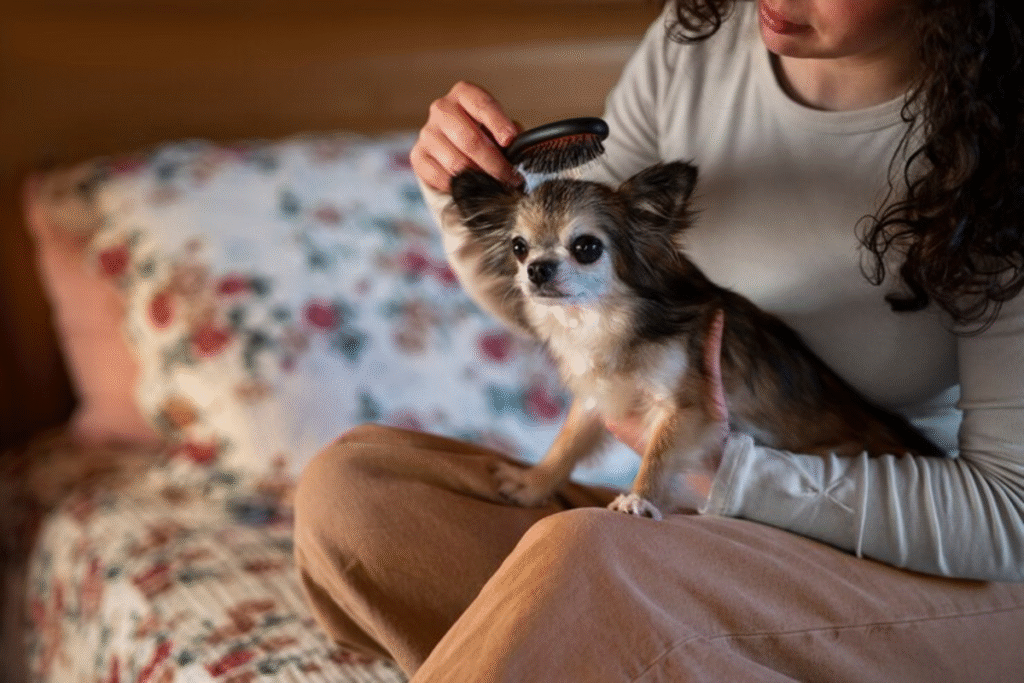
10. When to See a Vet
If your dog is shedding more than normal AND shows other signs (like itching, red skin, or bald spots), it’s time to get expert help.
Call your vet if you notice:
- Sudden hair loss
- Open sores or skin infections
- Constant scratching or biting
- Extreme fatigue or change in mood
The vet may run skin tests, allergy tests, or bloodwork to find the cause.
Summary: Take Control of Your Dog’s Shedding
Let’s recap. Shedding is normal—but you can manage it with the right care.
What you can do today:
- Brush regularly with the right tools
- Feed a nutrient-rich diet with omega fats
- Watch for signs of stress or illness
- Keep up with grooming and vet visits
A healthy dog will shed, but not excessively. With a few simple habits, you can protect your furniture—and your dog’s health.
Final Thoughts
Your dog doesn’t annoy you. It’s their body doing what it needs to do. The goal isn’t to stop it but to manage it well.
A shiny, soft, healthy coat is one of the signs your dog is doing great.
Take care of their skin, their diet, and their emotions—and the fur problem becomes much easier to live with.


